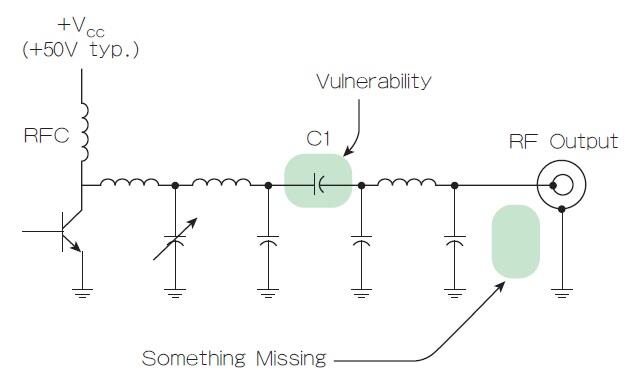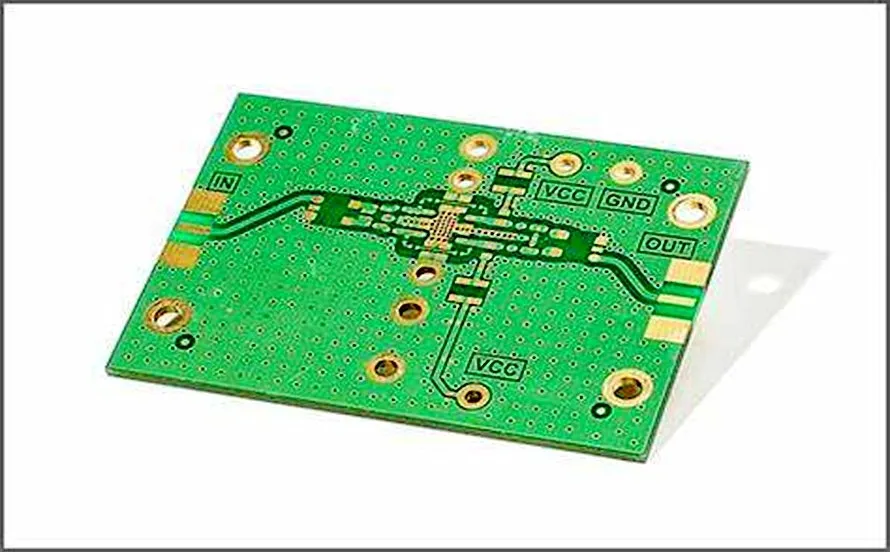 Overview
Overview
RF power amplifiers are a key component of wireless transmitters. In a transmitter's front-end circuitry, the RF signal produced by the modulator or oscillator typically has very low power and must be amplified through one or more power-amplifier stages to reach sufficient RF power for antenna radiation. RF power amplifiers play an essential role in wireless communication systems.
Key specifications
- Output power and 1 dB compression point (P1dB): When input power exceeds a certain level, the transistor gain begins to drop and the output approaches saturation. The 1 dB compression point is the output power at which the amplifier's gain is reduced by 1 dB relative to the small-signal gain.
- Gain: Operating gain is the primary metric of an amplifier's amplification capability. Gain flatness is the range of gain variation across the operating bandwidth at a given temperature.
- Operating frequency range: The linear frequency range over which the amplifier can operate normally.
- Efficiency: The ratio of RF output power to the DC power supplied to the transistor, which affects overall system power consumption.
- Intermodulation distortion (IMD): The mixing products generated when two or more input tones pass through a nonlinear amplifier; IMD degrades signal quality.
- Third-order intercept point (IP3): A measure of linearity; a higher IP3 indicates better linearity and lower intermodulation relative to the desired signals.
- Harmonic distortion: Higher-order harmonics produced by the amplifier must be reduced, typically with filtering, to meet spectral emission requirements.
- Dynamic range: The difference between the smallest detectable signal and the maximum input power for linear operation.
- Input and output standing wave ratio (SWR): Indicates the matching quality of the amplifier with the system; mismatches can affect gain stability and group delay.
Design and selection considerations
The performance and stability of an RF power amplifier in a wireless system are directly affected by these specifications. When designing or selecting an RF power amplifier, evaluate these parameters together to ensure they meet the requirements of the specific application.
 ALLPCB
ALLPCB







